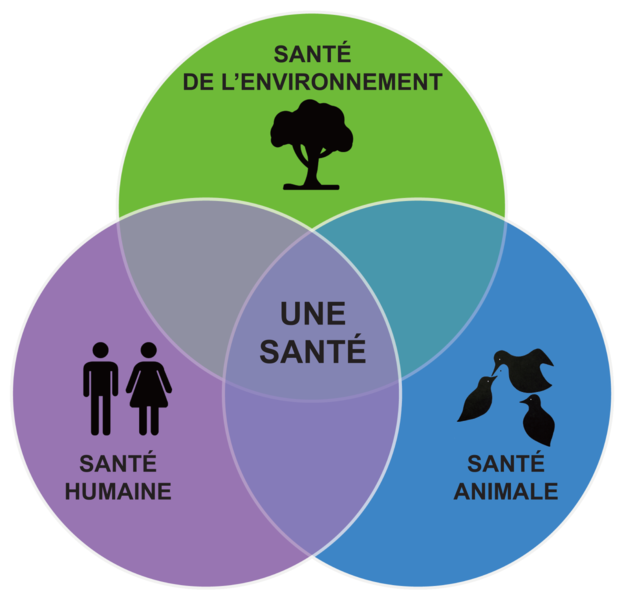First characterization of the parasite Haplosporidium costale in France and development of a real‐time PCR assay for its rapid detection in the Pacific oyster, Crassostrea gigas
Résumé
The Pacific cupped oyster Crassostrea gigas is one of the most "globalized" marine invertebrates and its production is predominant in many parts of the world including Europe. However, it is threatened by mortality events associated with pathogenic microorganisms such as the virus OsHV-1 and the bacteria Vibrio aestuarianus. C. gigas is also a host for protozoan parasites including haplosporidians. In contrast with Haplosporidium nelsoni previously detected in Europe, H. costale was considered exotic although its presence in French oysters had been suggested in the 80ies based on ultrastructural examination. Here, a combination of light and transmission electron microscopy, PCR and sequencing has allowed characterizing the presence of the parasite in the context of low mortality events which occurred in 2019 in France. Histological observation revealed the presence of uninucleated, plasmodial and spore stages within the connective tissues of some oysters. Ultrastructural features were similar to H. costale ones in particular the presence of axe-shaped haplosporosomes in spore cytoplasms. Three fragments of the genome including partial small subunit rRNA gene, the ITS-1, 5.8S and ITS-2 array and part of the actin gene were successfully sequenced and grouped with H. costale homologous sequences. This is the first time that the presence of H. costale is confirmed in C. gigas in France. In addition, a TaqMan real time PCR assay has been developed and validated to enable the rapid and specific detection of the parasite. The application of the PCR assay on archived samples has revealed that the parasite is present in French oyster populations at least since 2008. Considering the little information available on this parasite, the newly developed TaqMan assay will be very helpful to investigate the temporal and geographic distribution and the life cycle of the parasite in France and more generally in C. gigas geographic range.
| Origine | Fichiers produits par l'(les) auteur(s) |
|---|

